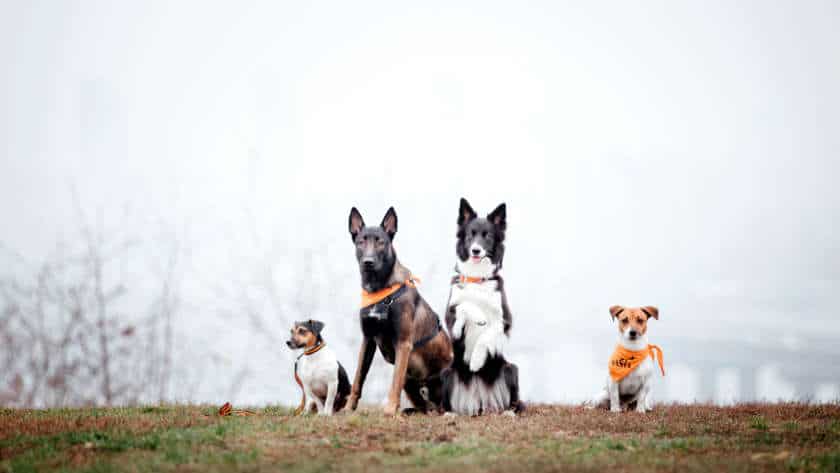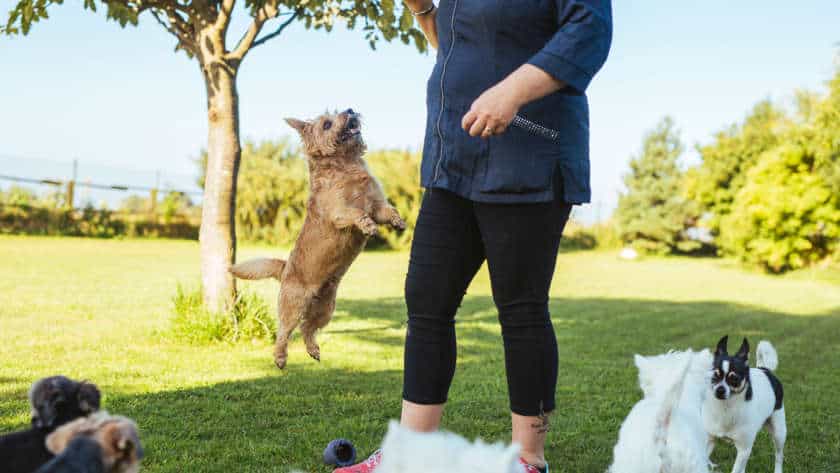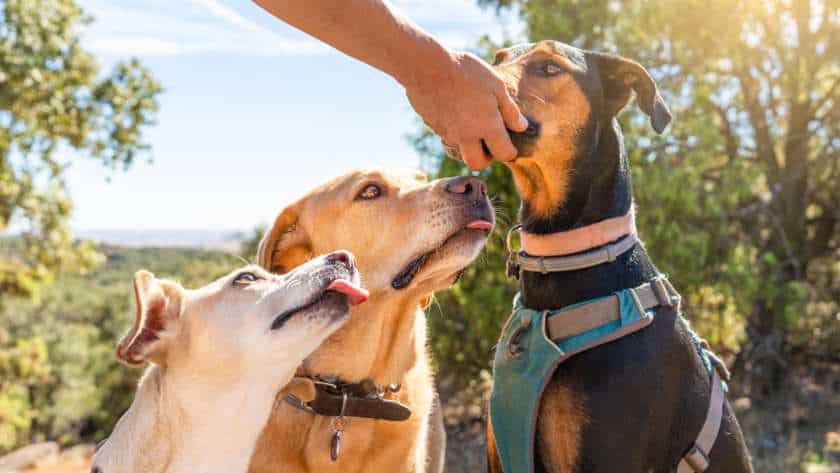The Cost of Spaying and Neutering: Financial Planning Tips Spaying and neutering your pets can be costly, but there are ways to make it more affordable. Here are some tips to consider:
Find out if there are low-cost clinics or programs in your area. Animal shelters and non-profits may provide these services at a discounted…










